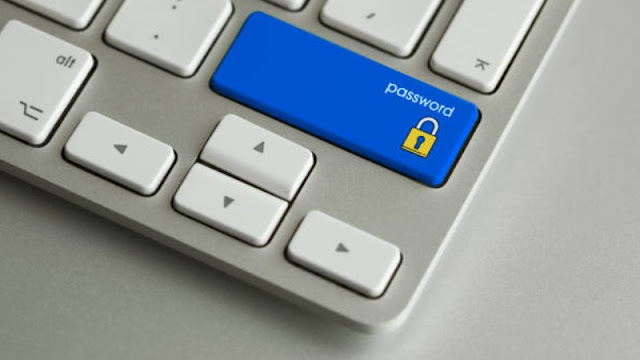
In an era dominated by digital advancements, the security of
your personal and sensitive data is of utmost importance. With the increasing
prevalence of cyber threats, safeguarding your data on your personal computer has
become a critical task. This thing explores various tips and strategies to
fortify the protection of your data, ensuring a secure digital environment. Read More: biztipsweb
I. Stay Updated: The First Line of Defense
One of the fundamental steps in securing your PC is keeping
both your operating system and security software up to date. Regular updates
provide essential patches and fixes, closing vulnerabilities that could be
exploited by malicious entities. Enable automatic updates to ensure that your
system is consistently fortified against the latest threats.
II. Implement Strong Passwords and Authentication
Creating strong, unique passwords is a simple yet effective
way to enhance your data security. Opt for a combination of letters, numbers,
and special characters, and avoid easily guessable information such as
birthdays or names. Consider using a reliable password manager to generate and
store complex passwords securely. Additionally, enable two-factor
authentication (2FA) wherever possible to add an extra layer of protection.
III. Secure Your Wi-Fi Network
Your home Wi-Fi network is a potential entry point for cybercriminals.
To safeguard it:
Change the default username and password of your router.
Use WPA3 encryption for Wi-Fi networks, as it is currently
the most secure option.
Regularly update your router firmware to patch any security
vulnerabilities.
IV. Install and Update Security Software
Deploying robust antivirus and anti-malware software is
crucial for protecting your PC from various online threats. Choose a reputable
security suite and ensure that it is regularly updated. Regular scans can help
identify and eliminate potential threats before they compromise your data.
V. Be Cautious with Email and Internet Browsing
Emails and malicious websites are common vectors for cyberattacks.
Exercise caution by:
Avoiding clicking on suspicious links or downloading
attachments from unknown sources.
Verifying the legitimacy of emails, especially those
requesting sensitive information.
Installing browser extensions that block malicious content
and enhance privacy.
VI. Back Up Your Data Regularly
In the event of a cyberattack, having a recent backup of
your data is invaluable. Regularly back up your important files to an external
hard drive or a secure cloud service. This ensures that even if your PC is
compromised, you can restore your data without significant loss.
VII. Encrypt Your Data
Encryption adds an extra layer of protection to your
sensitive information. Utilize the built-in encryption features of your
operating system or consider third-party encryption tools for an added level of
security. Encrypting your entire hard drive or specific folders can thwart
unauthorized access.
VIII. Employ Firewall Protection
Firewalls act as a barrier between your PC and the external
network, monitoring and controlling incoming and outgoing traffic. Enable your
operating system's built-in firewall or invest in a reputable third-party
firewall solution. This helps block unauthorized access and protects your data
from malicious entities.
IX. Monitor Your Accounts and Financial Statements
Regularly review your online accounts and financial
statements for any suspicious activity. Set up alerts for any unusual
transactions, and report any discrepancies immediately. Timely detection can
prevent potential financial losses and identity theft.
X. Educate Yourself on Social Engineering
Cybercriminals often use social engineering tactics to
manipulate individuals into divulging sensitive information. Be aware of
phishing attempts, scams, and other deceptive practices. Educate yourself on
common social engineering techniques to recognize and avoid falling victim to
them.
XI. Secure Physical Access to Your PC
While digital threats are prevalent, physical security
should not be overlooked. Ensure that your PC is in a secure location and, if
possible, lock it when not in use. Implementing biometric or password-protected
screen savers adds an extra layer of defense against unauthorized physical
access.
XII. Regularly Review and Reassess Security Measures
The digital landscape is dynamic, with new threats emerging
regularly. Periodically reassess your security measures, update software, and
revise your security protocols accordingly. Staying proactive in adapting to
evolving threats is essential for maintaining robust data protection.
Conclusion
Protecting your data on your PC is an ongoing process that
requires a combination of proactive measures and user awareness. By
implementing the tips outlined in this article, you can significantly enhance
the security of your personal and sensitive information. Stay vigilant, stay
informed, and prioritize the safeguarding of your digital assets in the
ever-evolving landscape of cybersecurity.